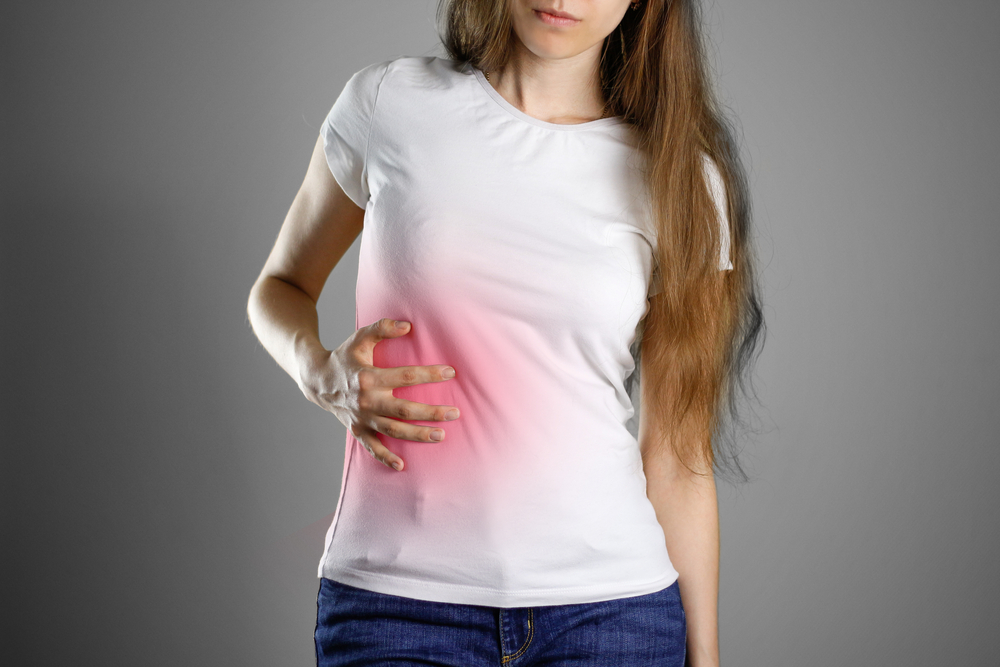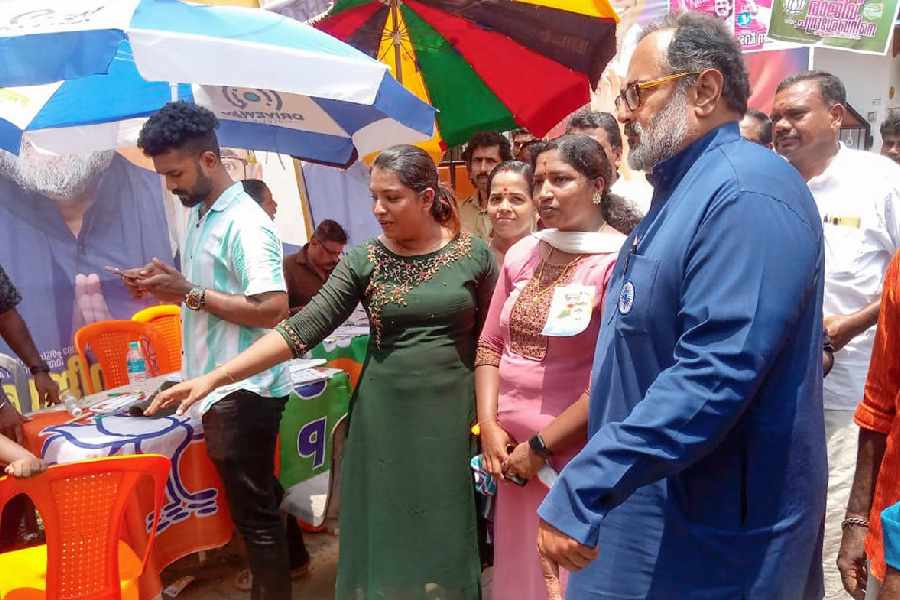Abdominal pain is routinely evaluated with an ultrasound examination. In 25 per cent of the population, especially in middle-aged adults (both male and female), the report reads “fatty liver”. Surprisingly, 10 per cent of children and teenagers too have a similar result. Parents are usually incredulous. Other patients too wonder why they have a fatty liver when they do not drink.
Fatty liver is an insidious disease and presents with vague symptoms such as fatigue, lethargy and sudden attacks of right-sided abdominal pain. When found in people who do not consume alcohol, it is called NAFLD (non-alcoholic fatty liver disease).
All patients of fatty liver have some common indices. They are obese with a BMI of 30 or more, a waist measurement more than 35 inches in women and 40 inches in men. They may be prediabetic, with blood sugar values higher than normal. The HBA1c values are high. The lipid profile shows elevated triglycerides. An ultrasound shows an enlarged liver with fat deposits.
There is a genetic predisposition to the disease and it tends to run in families. This may also be because habits such as overeating and a sedentary lifestyle also run in families. Girls with fatty liver in childhood often develop menstrual irregularities. They tend to develop PCOD (polycystic ovarian disease).
In some people, NAFLD progresses to inflammation in the liver. This heals by scarring and fibrosis. It is called NASH (non-alcoholic steatohepatitis). The liver enzymes become elevated and jaundice may occur. The liver heals by scarring, distorting its normal anatomy. Cirrhosis and eventually liver failure or cancer can occur. Alcoholics are those who have withdrawal symptoms if denied their daily quota of drinks. Their liver damage can follow the same sequence of events as NASH, at an accelerated pace.
As the liver fails, there may be jaundice, an enlarged fluid-filled abdomen, a large or shrunken liver, an enlarged spleen and swelling of the feet. Eventually, there may be mental changes followed by coma and death.
Alcoholic liver disease can be prevented if you do not drink. You if you must, men should not have more than two drinks and women one a day. A drink is defined as 12 ounces (350ml) of beer, 8oz (237ml) of wine or 1.5oz (44ml) of whisky, rum or brandy. Though these amounts are theoretically safe, it is better not to drink more than twice a week. The good news is that if alcoholic fatty liver disease has not progressed beyond the fatty liver stage, quitting alcohol can reverse it within six weeks. But if cirrhosis and liver failure have set in, the prognosis is poor.
There is no medication to treat NAFLD but you can reverse it with lifestyle changes before inflammation and damage set in.
- Reducing bodyweight is a good place to start. The goal should be to lose 10 per cent of your total body weight, but even 3-5 per cent can be helpful. This can be with a combination of diet and exercise.
- Avoid refined carbohydrates, sugar and trans fats. Whole grains, no added sugar and 4-6 helpings of fruits and vegetables should be the goal.
- Get yourself immunised against hepatitis A and B. If you get these infections inadvertently, you can damage your liver further.










